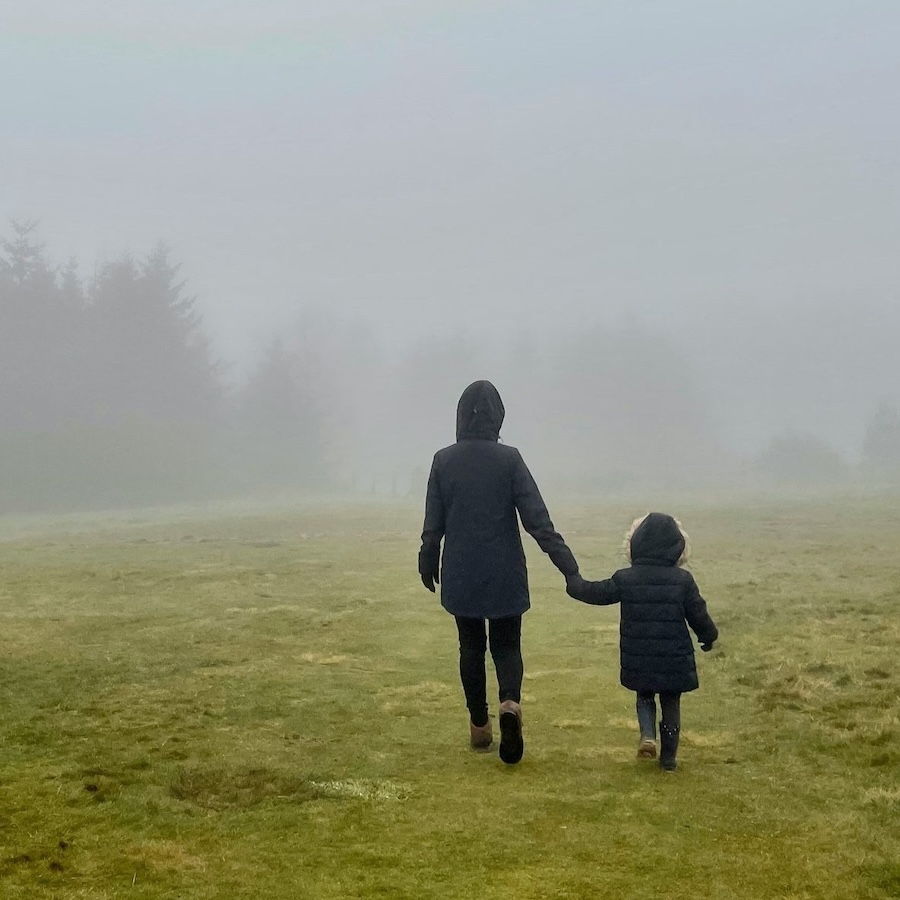Since 2016, Aurora House has been a quiet force of safety and renewal—supporting women and children escaping human trafficking and gender-based violence as they begin the long, complex journey toward healing.
By Kunpeng Yu
How It All Began
In 2015, Toronto United Mennonite Church (TUMC) owned a house that was being rented out. Some church members began to wonder: Is there more we can do to help our community with this space?
They brainstormed alternative uses. With a long history of supporting refugees, could the house offer temporary homes for newcomers to Canada? Should it be sold and reinvested?
Then one member read a book about human trafficking; a topic that, at the time, was not often discussed. In fact, human trafficking had only been named formally as a criminal act in Canada in 2005. Disturbed by what she learned, she began researching.
The more she discovered about trafficking in Toronto, the more urgent the issue became.
She brought her research to the church. What if the house could become a safe place for women and children who have escaped trafficking situations to begin to heal, supported as they work toward personal goals? At the time, there were few long-term, child-friendly transitional housing options for survivors.
TUMC agreed. They partnered with the Mennonite New Life Centre of Toronto (MNLCT), who already supported vulnerable women in the community. A volunteer board was formed, and Aurora House swiftly, and quietly, opened its doors. Today, Aurora House strives to provide shelter, basic needs and essential support services to those who have been trafficked, exploited or abused in Canada with a focus on people who identify as women, as well as women with young children and expecting mothers.
Understanding the Crisis
Leticia Esquivel, MNLCT’s Mental Health Program Director, shares some sobering facts:
- Between 2019 and 2022, the Canadian Human Trafficking Hotline identified over 1,500 cases nationwide.
- In 2023, the crisis hit even closer to home: 62 percent of all reported human trafficking cases in Canada were linked to the Greater Toronto Area.
- That same year, 517 trafficked women were identified in Toronto alone.
And we know that many instances are never reported.
These numbers don’t just reflect statistics, they represent lives. Women and girls, often Canadian-born, are coerced, controlled, and stripped of their autonomy.
What Happens Inside Aurora House
Aurora House provides more than just shelter; it offers a pathway forward.
Rasha Shehadi, the Aurora House Program Coordinator, describes her days as a mix of direct support and behind-the-scenes coordination. She checks in with residents, helps with personal action plans, and connects them to practical resources like healthcare, food programs, legal aid, or English classes.
She also screens new referrals, coordinates with partner agencies, and helps residents transition to permanent housing.
“We support women case by case,” Rasha said, explaining the intake and service support process for Aurora House. “Some need work-related training, others need language or legal support. We only have space for six residents right now. We want to do more, but it all comes down to funding.”
Healing Through Routine
Judith Herrera, a mental health counsellor at MNLCT, emphasized that almost every survivor who comes through Aurora House carries trauma.
Their hearts are locked with fear,” she explains. “The first step is helping them feel safe again – then slowly rebuild confidence.”
Part of healing comes through shared routines. Residents each have a responsibility in keeping the house functioning together: cooking meals, cleaning, shopping. These seemingly small acts help restore a sense of dignity and normalcy.
“These are the steps that lead to independence,” Judith says. “It’s not fast, but it’s real.”
A Former Resident’s Story
One former resident, who asked to remain anonymous, shares part of her journey:
“I was trafficked into Canada and endured six months of abuse. After I escaped, I gave birth in a shelter. I didn’t speak the language. I didn’t know what would happen to me or my baby.
We were referred to Aurora House. They helped me apply for Ontario Works so I could afford diapers. They gave me winter boots. They found English classes. When my refugee claim was denied, they helped me connect with legal aid. I got a work permit.
Eventually, I found a job in the food industry, saved every dollar, and moved into my own apartment.
Now, when I see my son laughing on the floor, I feel like I’m finally living – not just surviving.”
The Future of Aurora House
Looking ahead, Aurora House has ambitious plans to expand its impact. With a successful set of services in place, the team hopes to open additional housing units to serve even more women and children in need. They would also like to establish emergency support services for women in earlier stages of exiting trafficking, when immediate care and safety are most critical.
But these goals can’t be achieved without more funding and staff.
Awareness is everything,” said Jana Lepp, current Chair of the Aurora House Board. “People know trafficking exists, but they don’t often know how close to home it is. When donors give, even small amounts, it makes a huge difference.”
How You Can Help
Aurora House may be invisible by design in order to keep its residents safe, but its impact is anything but hidden. Each woman who walks through its doors is met with compassion, safety, and the resources to start over.
Whether you’re a community member, potential donor, or someone who wants to learn more, know this: your support matters. It can mean the difference between surviving and truly living.








